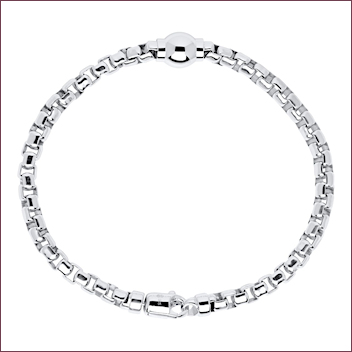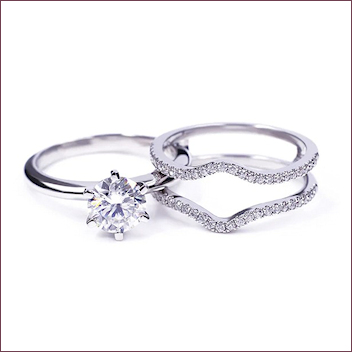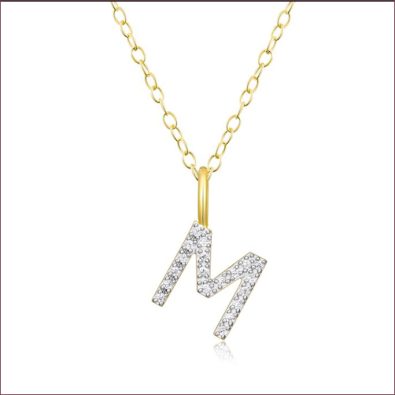Timing Is Everything
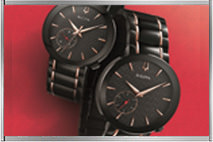 After several years of declining sales, 2017 marked a return to growth for the watch and jewelry sector, reports L2 research. The business intelligence firm that studies and benchmarks the digital performance of consumer brands says many of the 70 watch and jewelry brands it looked at in its Digital IQ Index Report 2018 can point to growing demand from digitally native Millennial consumers.
After several years of declining sales, 2017 marked a return to growth for the watch and jewelry sector, reports L2 research. The business intelligence firm that studies and benchmarks the digital performance of consumer brands says many of the 70 watch and jewelry brands it looked at in its Digital IQ Index Report 2018 can point to growing demand from digitally native Millennial consumers.
Watch and jewelry sales lag behind peer luxury categories, with only 5 percent of revenue coming from online sales as compared to 9 percent overall for luxury goods, says L2, forecasting it will reach 20 percent within a decade. The report notes that historic resistance to e-commerce is eroding as brands are starting to invest in growth channels, and more of them are launching direct-to-consumer (DTC) e-commerce, in addition to providing clear paths to offline purchase on the brand site, notably store locator and call-to-purchase.
Mike Froggatt, director of Intelligence at L2, describes new channels for shopping and engagement irreversibly changing the path to purchase, giving consumers the ability to convert at any moment. Omnichannel retail is about meeting consumers when and where they choose. Brands and retailers are leveraging content and other website and social media features to drive to purchase, both online and in-store.
Relationship Building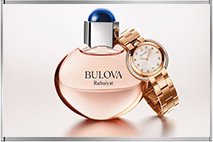
It’s all about finding new ways of getting your message across, says watch journalist and book author Roberta Naas, founder of ATimelyPerspective.com. “Tell stories and engage readers with the meaningful history and marketing concepts that they can relate to.” She cites as a good example Citizen’s latest partnership with Disney, wherein the brand will have a strong presence via clocks and other signage all around the world’s most important “feel good” spaces.
Bulova too is maximizing a new partnership with the Recording Academy and the Grammy Awards with the brand’s special edition Grammy timepieces, showcasing its patented three-prong crystal quartz precisionist movement with music inspired design elements like the case in the shape of a snare drum, and guitar and microphone details throughout the dial.
Digging into its 143 years of historically relevant product, Bulova is celebrating the brand’s history of firsts, as documented in a new archival book exploring its multi-generational story of firsts in watchmaking, advertising, and marketing, aviation and space exploration, even feminism, touts Susan Chandler, chief merchandising officer Bulova. To that end, Bulova is launching its first-ever fragrance, paying homage to its latest ladies collection, Rubaiyat, named after the brand’s first woman’s timepiece in 1917.
 It’s a lifestyle thing, describes Ellen Seckler, chief marketing officer for Citizen Watch America, as brands seek to inspire, guide and motivate people with the goal of their products contributing to the definition of the consumer’s way of life. “Citizen recognizes the importance of experiences in the lives of its consumers rather than just material items. It’s important to show the watches in action, no matter how extreme, tying back to that experiential lifestyle.”
It’s a lifestyle thing, describes Ellen Seckler, chief marketing officer for Citizen Watch America, as brands seek to inspire, guide and motivate people with the goal of their products contributing to the definition of the consumer’s way of life. “Citizen recognizes the importance of experiences in the lives of its consumers rather than just material items. It’s important to show the watches in action, no matter how extreme, tying back to that experiential lifestyle.”
Seckler underscores that every purchase begins with a discussion and research on the consumer’s part. They want to see products in action in real life and they want to show off their purchase and how the product fits into their lives. Social media is an important component in expanding the brand’s reach. Over the last five years alone, she reports enormous growth in the Citizen fan base. “The best part about this is that social media is bigger than ever and growing.”
Instagram Growth
And Instagram is among the top social media platforms to engage with consumers and discover new trends your customers may be interested in, hails Eric Hofmann, senior vice president of business development for Seiko.
Instagram remains the top platform for brands seeking organic engagement, despite the fact that its recent algorithm shift lowered the number of interactions, reports L2. According to L2’s 2017 social platforms report, beauty brands dominate Instagram, accounting for 23 percent of all posts and nearly a third of interactions. Watch and jewelry brands account for 9 percent of all posts and 3 percent of interactions, with lots of room to grow.
With 800 million users, Instagram has become the app-of-choice for fashion followers and a favorite shopping tool for watch and jewelry consumers to connect with brands. It has the potential to be the most significant commercial driver of watches and jewelry online, with its latest shoppable feature on organic posts allowing users to buy products without leaving the app.
for watch and jewelry consumers to connect with brands. It has the potential to be the most significant commercial driver of watches and jewelry online, with its latest shoppable feature on organic posts allowing users to buy products without leaving the app.
“Social media, especially Instagram, creates such an amazing platform for visually presenting the brand and creating stories/lifestyles around each style, collection, and program,” says Seckler. “Brands can capitalize on that and have direct conversations with consumers, as well as show them what other consumers are buying. It gives a brand like Citizen a chance to heighten the brand-consumer relationship and hear directly from them.”






